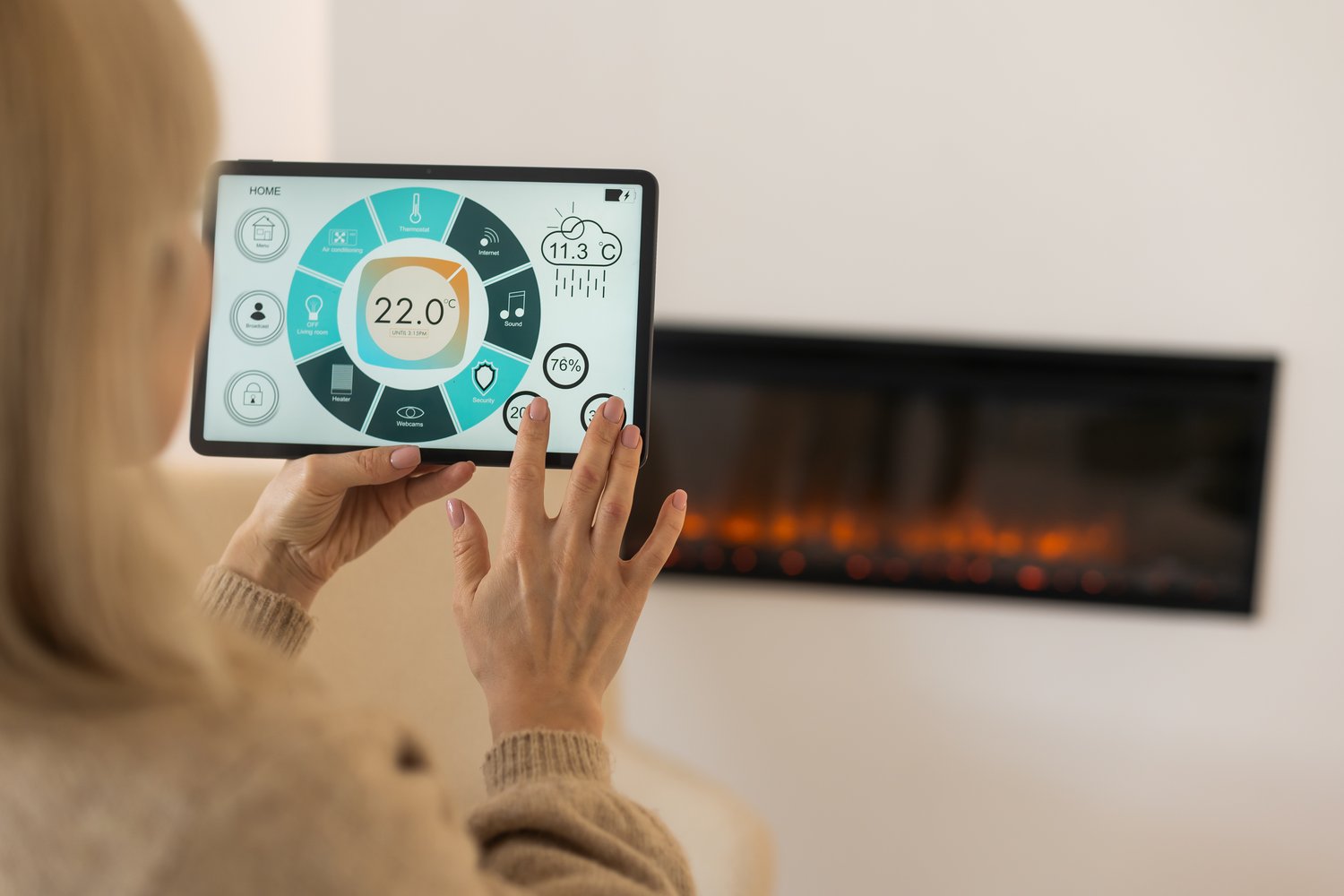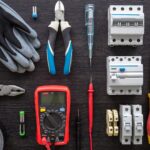Imagine walking into your house and having your lights, thermostat, and security system intuitively respond to your presence. A well-configured smart home hub can make this a reality, serving as the brain that ties all your smart devices together into a seamless, integrated experience. Understanding how to set up this pivotal piece of technology can transform your living environment into a streamlined, automated sanctuary.
- Discover how to evaluate your home automation needs to select the perfect smart hub.
- Uncover the key features that enhance your hub’s functionality, such as voice control and remote access.
- Follow a detailed guide to effortlessly install and configure your smart home hub for optimal connectivity.
Through this exploration of smart home hubs, you’ll learn not only how to enhance your home’s connectivity but also how to maximize your lifestyle’s convenience and efficiency. Get ready to dive into the world of smart living and take the first step towards creating a fully automated home environment.
Evaluating the Right Smart Home Hub Setup for Your Needs
Choosing the right smart home hub setup is a crucial step in creating an efficient and connected home environment. To start, evaluate your specific home automation needs. Consider what devices you already own and what you plan to add in the future. This ensures compatibility and a smooth integration process.
Compatibility is a leading factor. Ensure the hub supports a wide range of devices, from lights and thermostats to smart locks and security systems. A hub that offers broad compatibility can integrate more seamlessly with both existing and future smart devices.
When considering the user interface, opt for a setup that is intuitive. Ease of use is significant, whether it’s through a smartphone app or a desktop interface. A straightforward UI can enhance user satisfaction and make managing devices easier.
Scalability should be part of your decision-making process. As new smart home technologies emerge, your hub should be able to adapt and handle additional devices. A scalable hub setup ensures longevity and cost-effectiveness in your smart home journey.
By evaluating these factors carefully, you can make an informed decision and select a smart hub that meets your automation needs effectively.
Key Features to Look for in a Smart Hub
A smart home hub should come equipped with essential features to provide the best user experience. One of the top features is voice control. Hubs compatible with voice assistants such as Alexa or Google Assistant enhance convenience by allowing hands-free operation.
Remote access is another feature to prioritize. Being able to control your devices from anywhere provides flexibility and increases the utility of your smart home setup. It’s particularly beneficial for those who travel frequently or have inconsistent schedules.
Integration capabilities with various smart devices are critical. Choose a hub that supports multiple platforms and protocols like Zigbee, Z-Wave, or Wi-Fi. This ensures that new devices can be added without hassle.
Additionally, some hubs offer energy monitoring and advanced automation features. These can help in optimizing energy consumption and enhancing the functionality of your home.
Selecting a smart hub equipped with these key features ensures a comprehensive and efficient smart home experience.
Step-by-Step Guide to a Successful Smart Home Hub Setup
Creating a seamless smart home experience begins with installing and configuring a smart home hub. This guide will help you achieve optimal performance and connectivity across your devices. Follow these steps to ensure a successful setup:
Prepare Your Home Network
Start by ensuring that your Wi-Fi network is fast and reliable. Place the router in a central location to provide strong connectivity throughout your home. If needed, consider using Wi-Fi extenders to eliminate dead spots. A stable internet connection is crucial for the optimal performance of your smart hub.
Choose a Strategic Location for Your Smart Hub
Position the smart hub in a central area of your home for maximum effectiveness. Avoid placing it in enclosed spaces or near metal objects to prevent interference with the wireless signals. The hub should be within reach of your main smart devices for efficient communication.
Connect the Hub to Your Network
Connect your smart home hub to your internet router either via Wi-Fi or using an Ethernet cable for a more secure connection. Ethernet provides a more stable connection, reducing the chances of connectivity issues affecting your devices.
Follow the Setup Instructions
Use the manufacturer’s app or setup instructions to initiate the configuration process. The app guides you step-by-step through account creation, connecting devices, and personalizing settings to fit your preferences. This tailored setup ensures your hub operates efficiently.
Integrate and Test Devices
Add your smart devices to the hub gradually, and test each one’s connectivity. For instance, smart lights, thermostats, and speakers should seamlessly respond to commands. Troubleshoot any issues by checking device compatibility or network settings.
Customize and Optimize Settings
Adjust the smart hub settings to suit your lifestyle. Schedule routines for daily activities like dimming lights or adjusting thermostats. Use voice control features to command devices effortlessly, creating a personalized and automated environment.
By following these steps, you’ll transform your home into a smart, connected space that simplifies daily tasks. Enjoy exploring the vast possibilities of your configured smart home hub!
Frequently Asked Questions about Smart Home Hub Setup
What is a smart home hub?
A smart home hub acts as the central control unit for your connected devices, allowing them to communicate with each other and be managed from a single interface.
How do I choose the right smart home hub?
Consider factors such as device compatibility, ease of use, and scalability to ensure it meets your current and future home automation needs.
Can I use multiple smart home hubs in one home?
Yes, you can use multiple hubs, but ensure they are compatible and won’t interfere with each other’s functions.
Do I need a separate app for the smart home hub?
Typically, each hub comes with its own dedicated app for setup and management of connected devices.
What kinds of devices can connect to a smart home hub?
A smart hub can connect with various devices such as lights, thermostats, security systems, and smart appliances.





